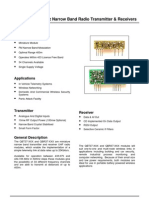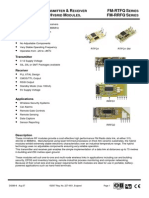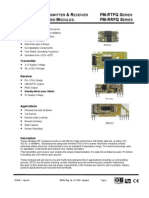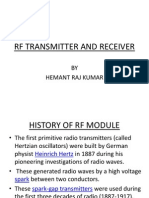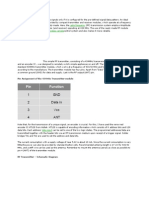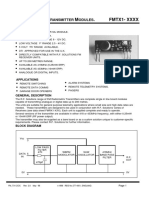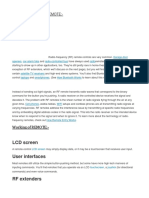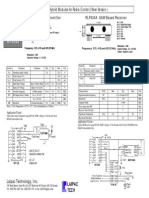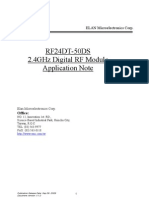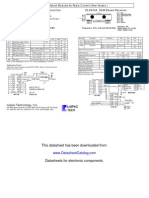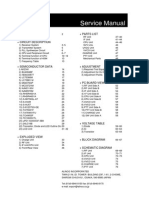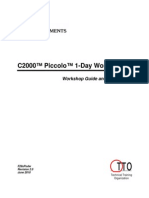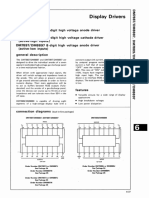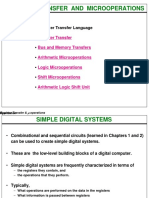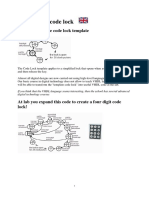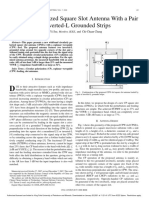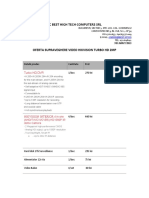0% found this document useful (0 votes)
129 views7 pagesRF 140
The document describes an FM radio transmitter and receiver module. The modules are miniature UHF radio modules that enable wireless data transmission up to 300 meters at data rates up to 128 kilobits per second. They are suitable for applications including security systems, remote monitoring, and computer networking. The modules have features such as small size, low power requirements, and temperature compensation.
Uploaded by
Julio Cesar QuispeCopyright
© Attribution Non-Commercial (BY-NC)
We take content rights seriously. If you suspect this is your content, claim it here.
Available Formats
Download as PDF, TXT or read online on Scribd
0% found this document useful (0 votes)
129 views7 pagesRF 140
The document describes an FM radio transmitter and receiver module. The modules are miniature UHF radio modules that enable wireless data transmission up to 300 meters at data rates up to 128 kilobits per second. They are suitable for applications including security systems, remote monitoring, and computer networking. The modules have features such as small size, low power requirements, and temperature compensation.
Uploaded by
Julio Cesar QuispeCopyright
© Attribution Non-Commercial (BY-NC)
We take content rights seriously. If you suspect this is your content, claim it here.
Available Formats
Download as PDF, TXT or read online on Scribd
/ 7

